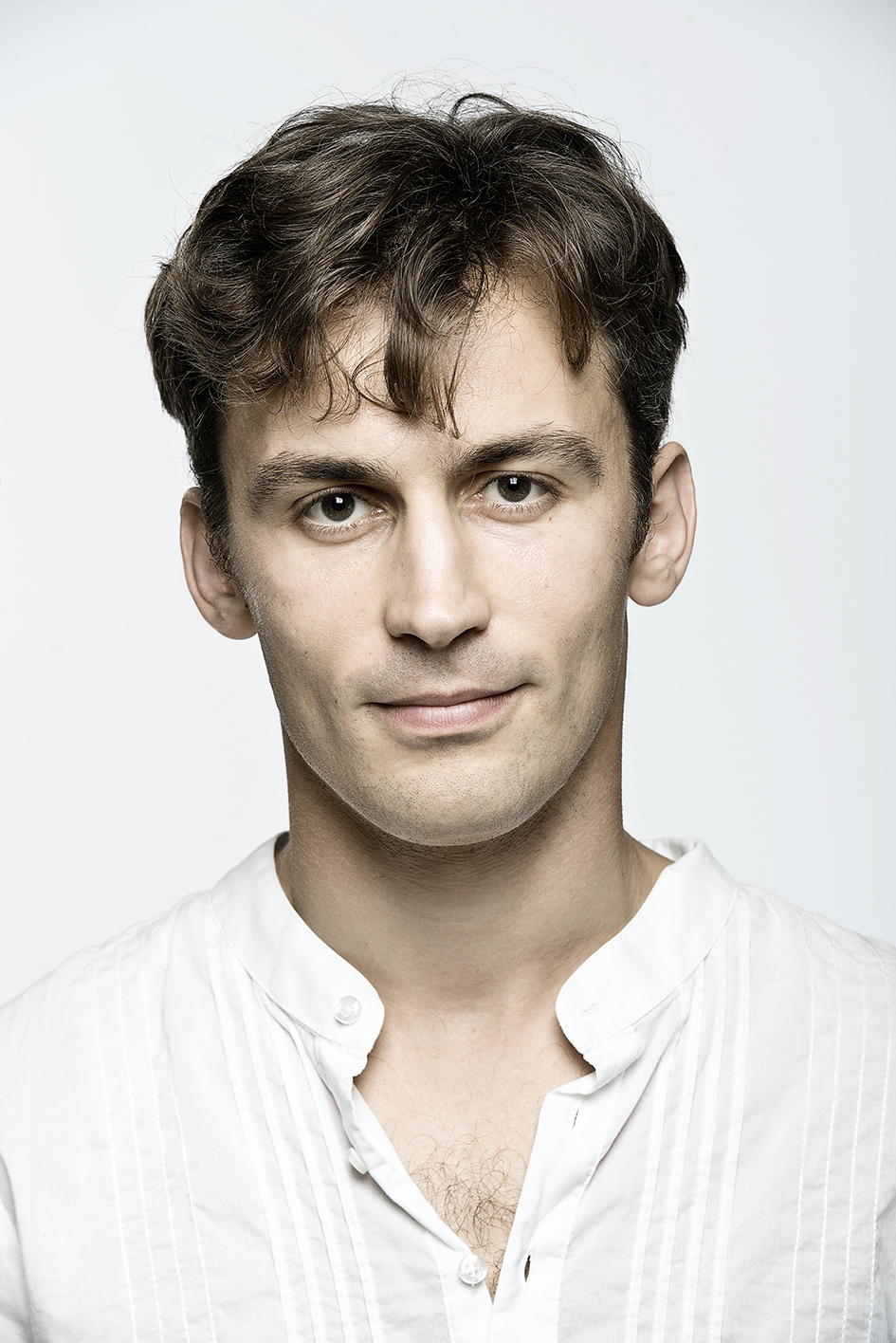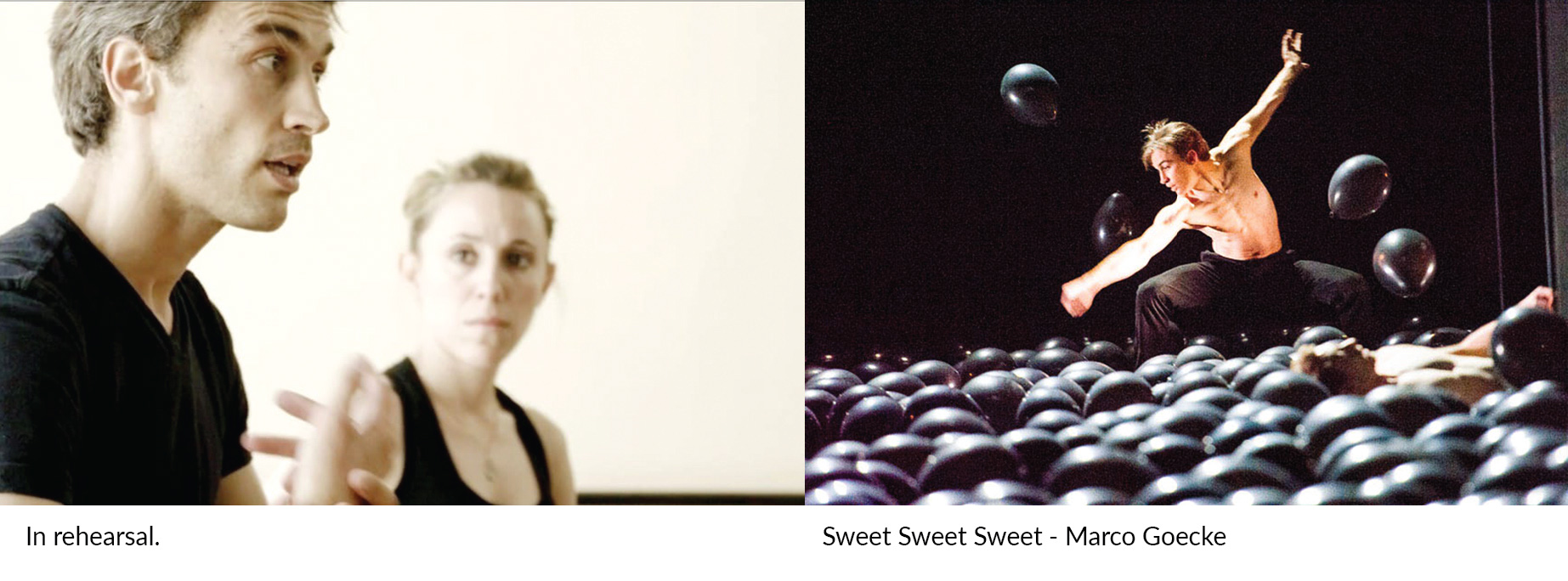
24 Jun An Interview with Alexey Dmitrenko, the Moscow and Vienna Ballet Academies & International contemprary dancer, Choreographer and teacher (Russia/Austria)
by Michelle Jueney, Kuala Lumpur, Malaysia

ABOUT ALEXEY DMITRENKO
Alexey Dmitrenko is a professional dancer, teacher and choreographer rooted in ballet, working in the contemporary field. He studied at The Ballet Academy in Moscow and the Ballet School of Vienna State Opera in Austria. Between 2002 and 2015 he worked for The Oregon Ballet Theatre, Thuringen State Ballet, Theatre Innsbruck, Theatre St.Gallen and Tanzcompanie Giessen performing works of Marco Goecke, Philip Taylor, Natalia Horecna, Chang Ho Shin, Nils Christi and many others.
As a freelance artiste, he performed for ‘Walk Tanztheater’ (Austria), SK | SK Dance company in Switzerland. His artistic works were seen at ‘TanzArt OstWest’ (Germany), ‘La Montana’ at CC Borges and ‘Le Ponemos Danza’ (Argentina), MAP-festival in Malaysia and ‘Bumi Jawa’ in Indonesia. Alexey Dmitrenko was a co-director of Embodied Arts Bali, while living in Indonesia and nourishing the traditional Arts.
Background
I first met Alexey Dmitrenko at The Federal Academy of Ballet, Petaling Jaya when he came to Malaysia to have a one week dance choreography workshop here. A beautiful, organic, musical, highly skilled and flexible dancer, patient and very knowledgeable teacher, I liked Alexey Dmitrenko’s taste and choice of music and his style of choreography very much.
1.How old did you start dancing and what drew you to dance?
I was about 7 when encouraged by my grandmother who was a ballet-lover. I started going to classes in a folk dance ensemble — the closest one to our home. Later, at the age of 10, I joined one of the ballet schools with a professional focus. I was a very physical child with a natural aptitude for analytical thinking. Ballet with its structure came as a solution to satisfy both interests.
2.What was the training like at the Moscow Ballet Academy?
The training was oriented to follow the traditions of the past. We had classes of the Historical dances: learning French quadrille and many others. ‘Character dance’ was a big part of the curriculum too. At the School of Classical Ballet that I spent the longest part of my education, we followed the Vaganova/Tarasov method, which was designed to advance slowly.
3.Who were your teachers and how did they influence and impact your life? Or if not from a teacher, who has influenced your dancing and impacted your dancing career?
The human part of a teacher was always most important to me. There were many teachers who taught me tools that helped to build me up and grow technically, yet I was always rather looking for a mentor than just a teacher. In recent years, I enjoyed working with choreographers and directors, such as Natalia Horecna, Chan Ho Shin, Robert Wilson, Adriana Barenstein because I could read their point of interest in dance and theatre as forms. At a younger age, I often had a difficult time trying to connect to traditions.

4.What was the most significant experience you had in dance that impacted you and your life?
Experiencing moments of complete presence and joy when performing are the most valuable from today’s perspective. Everything then suddenly becomes very easy and gives insights that can be applied to other areas of life.
5.Who is your most favorite choreographer and why?
I like many choreographers of today. Jiri Kylian with his exquisite style that became the handwriting of all generations is probably my favourite. The way he is able to translate emotions into dance makes his pieces special.
6.What is your most memorable favourite memory of dance and the worse memory and why?
The best memories as a performer were the ones when I knew that I gave all I could on stage. The worst are the ones when I didn’t.
7.In your opinion, what makes one dance company different from another?
Probably, a good leader who is able to keep his dancers motivated and interested in his work, as well as bring out the best in them.
We can see how often charismatic leaders with vision bring their companies to extraordinary achievements: Batsheva, NDT, The Forsythe Company etc.
8.What do you think is the difference about the approach to dance in Asia and Europe?
I wish I had enough knowledge to answer this question.
I spent about a year and a half in Indonesia and visited Malaysia and India. My feeling was that dance in India and Indonesia plays a specific role in life of the society. I am talking about traditional dance here. Other kinds of dance: ballet or contemporary dance is something relatively new there. In Western cultures, we treat traditional dances as something which has its place to be, but not being cultivated and practiced in a daily life.
What I also noticed is that Indonesia, India and Malaysia have many festivals, where dance among other art forms plays role in cultivating traditions and social contacts, which I think is great.
9.Do you think that the physicality affects dance and what is the difference between Asian and European dance bodies?
It does, but I don’t think it should be seen as an obstacle. Just as dancers who enrich themselves by learning new movement techniques transform, so do the dance forms.
I find it fascinating to see how ones cultural background affects the way of seeing, perceiving and moving and is able to contribute to the evolution of the form.
10.Do you have a formula or structure when choreographing?
I don’t have a formula for choreographing, but I can choose different starting points. It can be a piece of music, a particular aesthetic or an emotion that would guide me through the process.
I like to collaborate with dancers and take their impulses on board too.
11.Do you have a formula or structure when improvising?
I have been interested in improvisation for some time now and touched upon a few approaches. I can identify myself with the ideas of the Forsythe Improvisation Technologies.
12.What is the biggest challenge as a dancer?
If we talk about a dancer in a ballet company, I would say enjoy what you do on a daily basis and not get too caught up in the thoughts of becoming better. It would most likely happen anyway if you are able to enjoy what you do.

13.Do you have a current daily routine to maintain and upkeep your voice?
Yoga helps me to maintain the flexibility of the body and the mind sharp. In order to feel inspired it can also be helpful to nourish ones self once in a while by seeing works of different artists, which I do.
14.Can you share how you prepare yourself for a performance?
I would have a moment of silence to listen to what state I find myself in. Also to warm up accordingly to the material of the performance.
15.What is your message to dancers who aspire to have a career in dance?
To enjoy what you do and look for what is interesting for you in it. Following people that inspire you.
16.What are your tips and advice to dancers when going for an audition?
Stay calm and confident and you will be able to give the most of you.
17.What are the biggest mistakes dancers must never do when auditioning and performing?
I think there is nothing wrong about doing mistakes. In my experience to be calm and receptive is helpful, so that you can perceive the requests of the choreographer and feel your colleagues. Whether you are auditioning or performing the result is not completely in your hands, so you can only tune yourself into your best shape physically and mentally and stay calm and truthful to yourself.
18.What are the top 3 most important qualities a dancer must have?
To know how to take care of oneself in your daily life including body and mental state, so that one is able to preserve the energy for performing.
To be receptive and attentive working with others (choreographers and colleagues.)
Curiosity
19.What are the top 3 most important qualities a choreographer must have?
The same as for a dancer with the only difference that Curiosity is on the first place.
20.Finally, what is your message to dancers out there?
Appreciate your culture and explore it and stay open for all the external influences.




Sorry, the comment form is closed at this time.